Introduction
Plate Count Agar (PCA) is a universal medium used for the enumeration of bacteria in food, water, dairy products, and other materials. This article provides insights into PCA’s composition, application, and significance in microbiological examination, following guidelines from the American Public Health Association (APHA) and ISO 4833 standards.
Product Description
Plate Count Agar, also known as Tryptone Glucose Yeast Agar or Casein-Peptone Dextrose Yeast Agar, is a medium formulated for the determination of total microbial content from food, water, and other samples. Comprising enzymatic digest of casein, yeast extract, glucose, and agar, PCA provides a nutrient-rich environment facilitating bacterial growth. With a final pH of 7.0 ± 0.2 at 25°C, it is suitable for a variety of samples, aligning with APHA and ISO 4833 specifications. Available in various packaging forms, PCA ensures versatility and convenience for different laboratory scales.
Composition and Principle
PCA’s typical formula includes 5.0 g/l enzymatic digest of casein, 2.5 g/l yeast extract, 1.0 g/l glucose, and 15.0 g/l agar. The casein digest provides amino acids, nitrogen, carbon, vitamins, and minerals for bacterial growth, while yeast extract is a vitamin source, particularly B-group vitamins. Glucose acts as the fermentable carbohydrate, and agar serves as the solidifying agent.
Preparation and Application
To prepare PCA, 23.5 g of powder is suspended in 1 liter of distilled or deionized water, heated to a boil, and then sterilized in an autoclave at 121°C for 15 minutes. For dairy product analysis, ISO 4833 recommends adding 1.0 g of skimmed milk powder per liter. The medium is inoculated using pour plating, spread plating, or membrane filtration methods. Incubation conditions vary depending on the organisms under study; typically, plates are incubated aerobically at 30°C for 72 hours.
Test Procedure and Interpretation
Serial dilutions of the test sample are made to achieve a colony count between 15 and 300 colonies per plate. Post-incubation, colonies are counted and reported as colony-forming units (CFU) per ml of the sample, taking dilution factors into account. The clear appearance of colonies against the agar background facilitates easy enumeration.
Storage, Shelf Life, and Quality Control
PCA, in its dehydrated form, should be stored at 10-30°C in a dry environment, with a shelf life of 4 years. The prepared medium has a shelf life of 2 years. Quality control tests, using strains like Bacillus subtilis, Escherichia coli, and Staphylococcus aureus, ensure the medium’s productivity and suitability for microbiological assays.
Conclusion
Plate Count Agar is a versatile and reliable medium for the enumeration of bacteria in various samples. Its wide applicability, adherence to standard methods, and ease of use make it a fundamental tool in microbiological laboratories for ensuring the safety and quality of food, water, and dairy products.

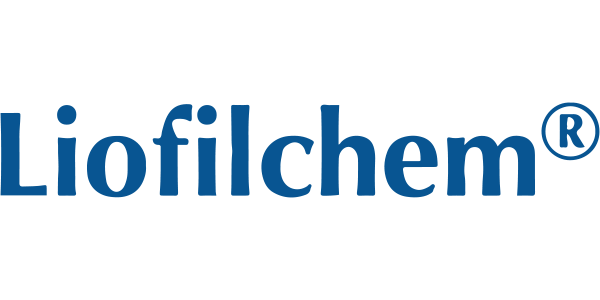
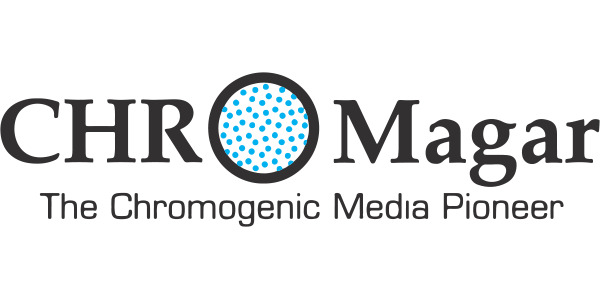
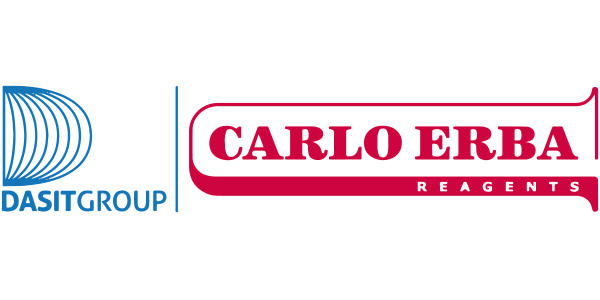


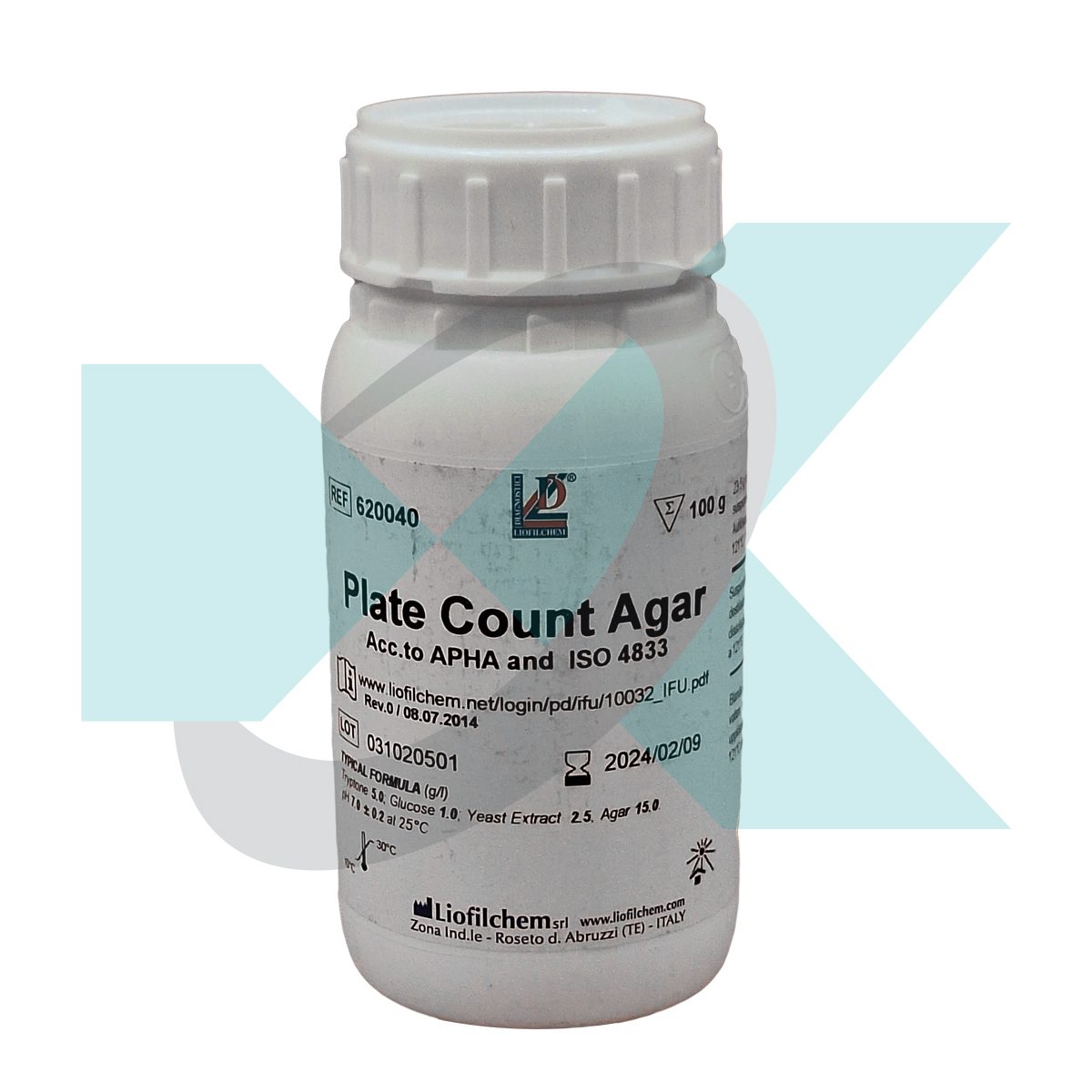

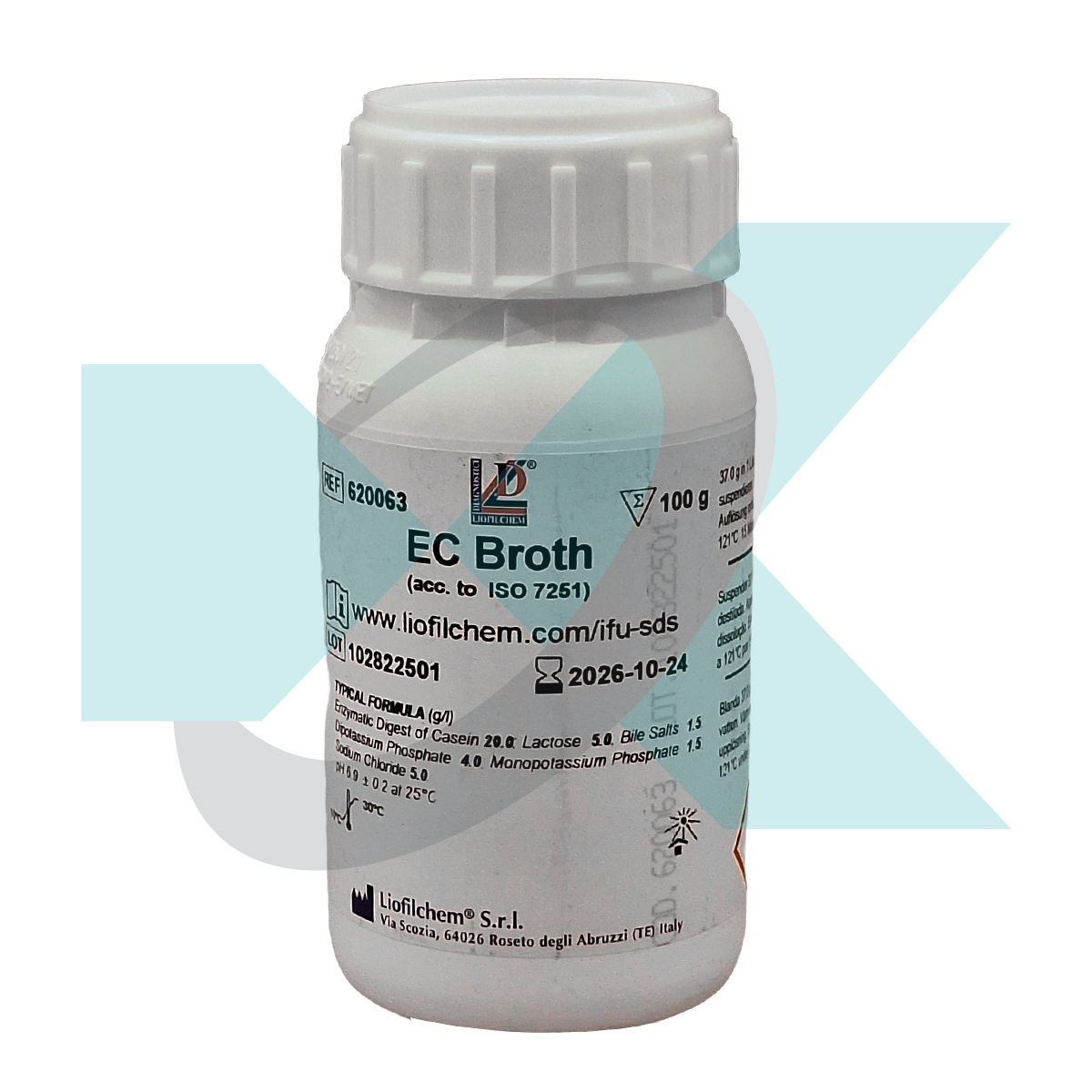
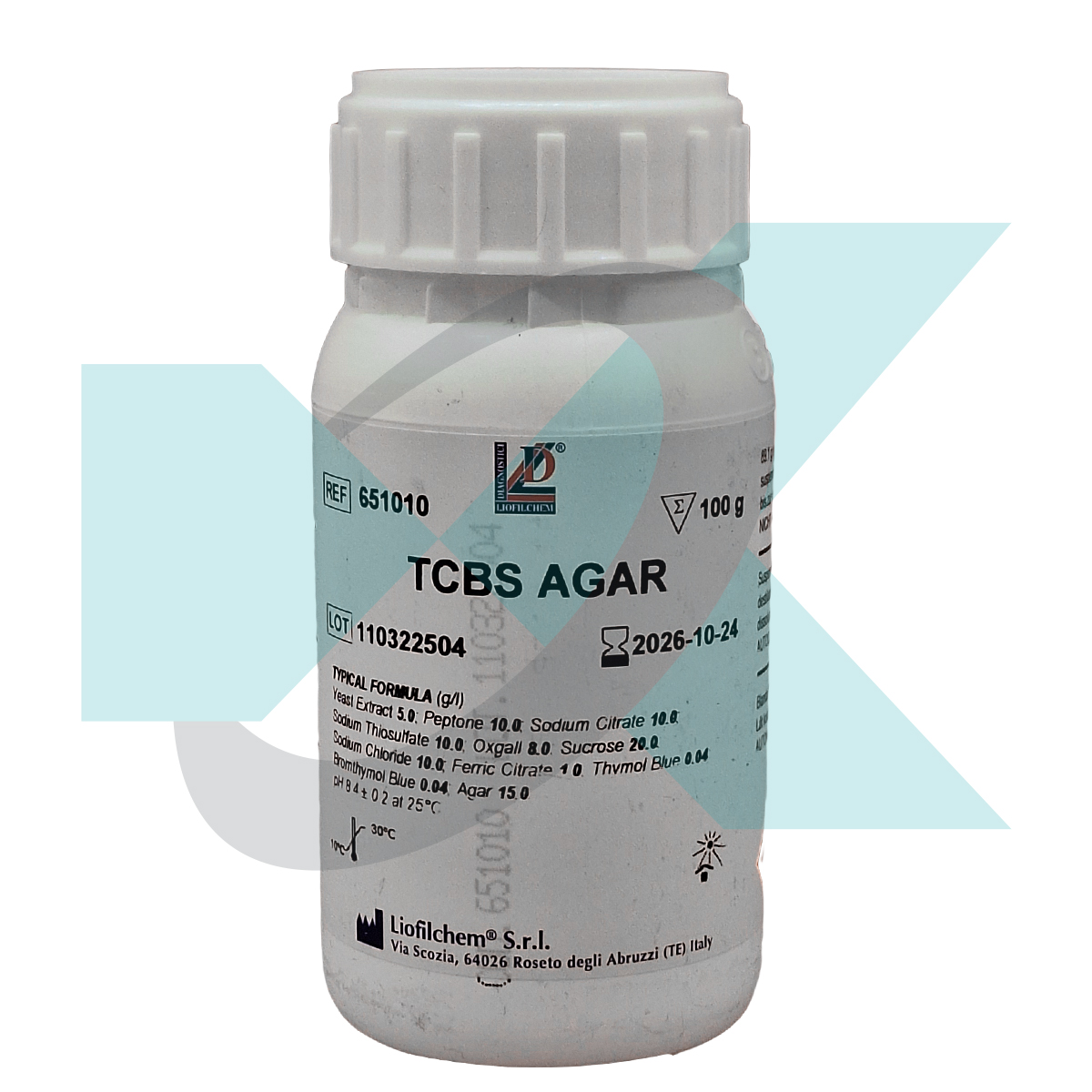
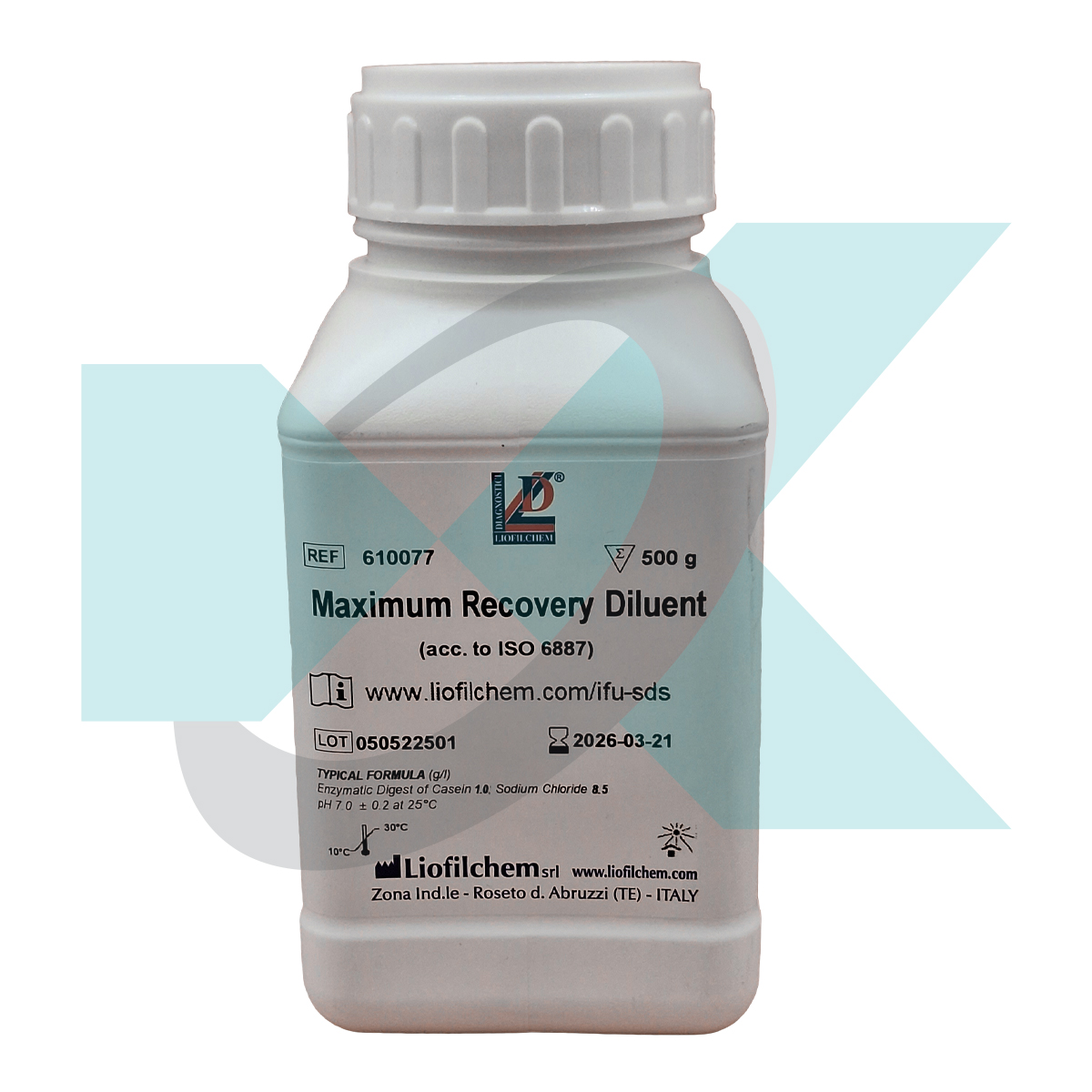
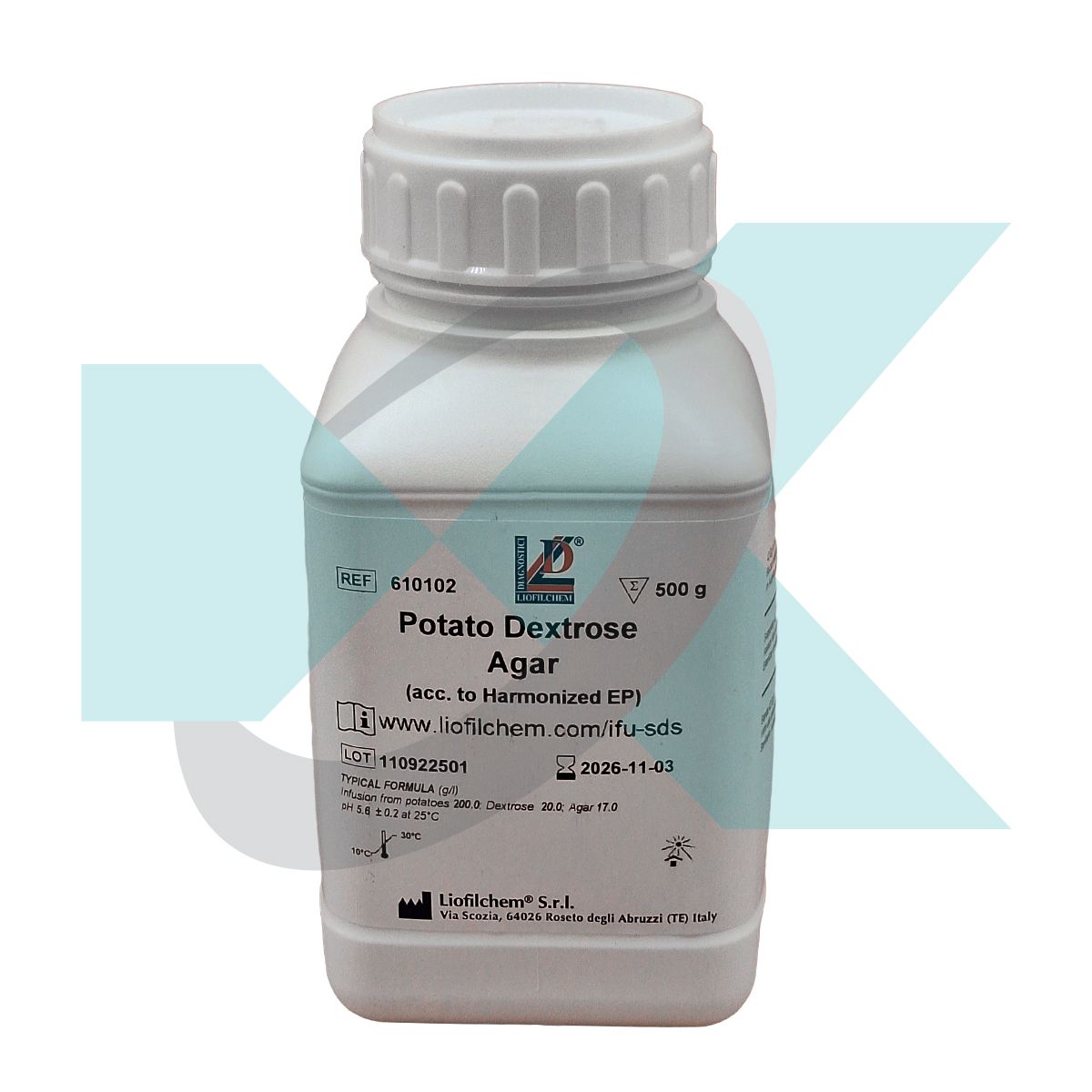
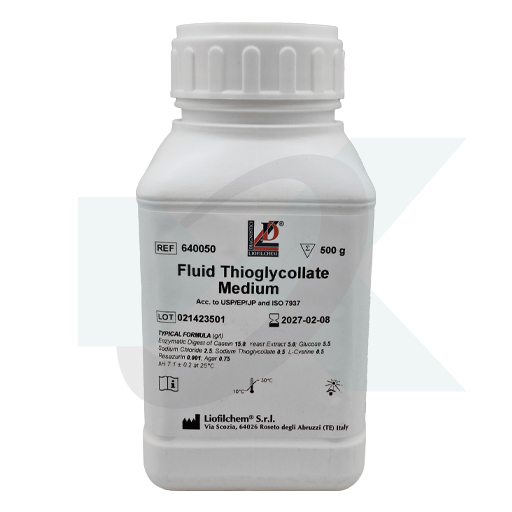
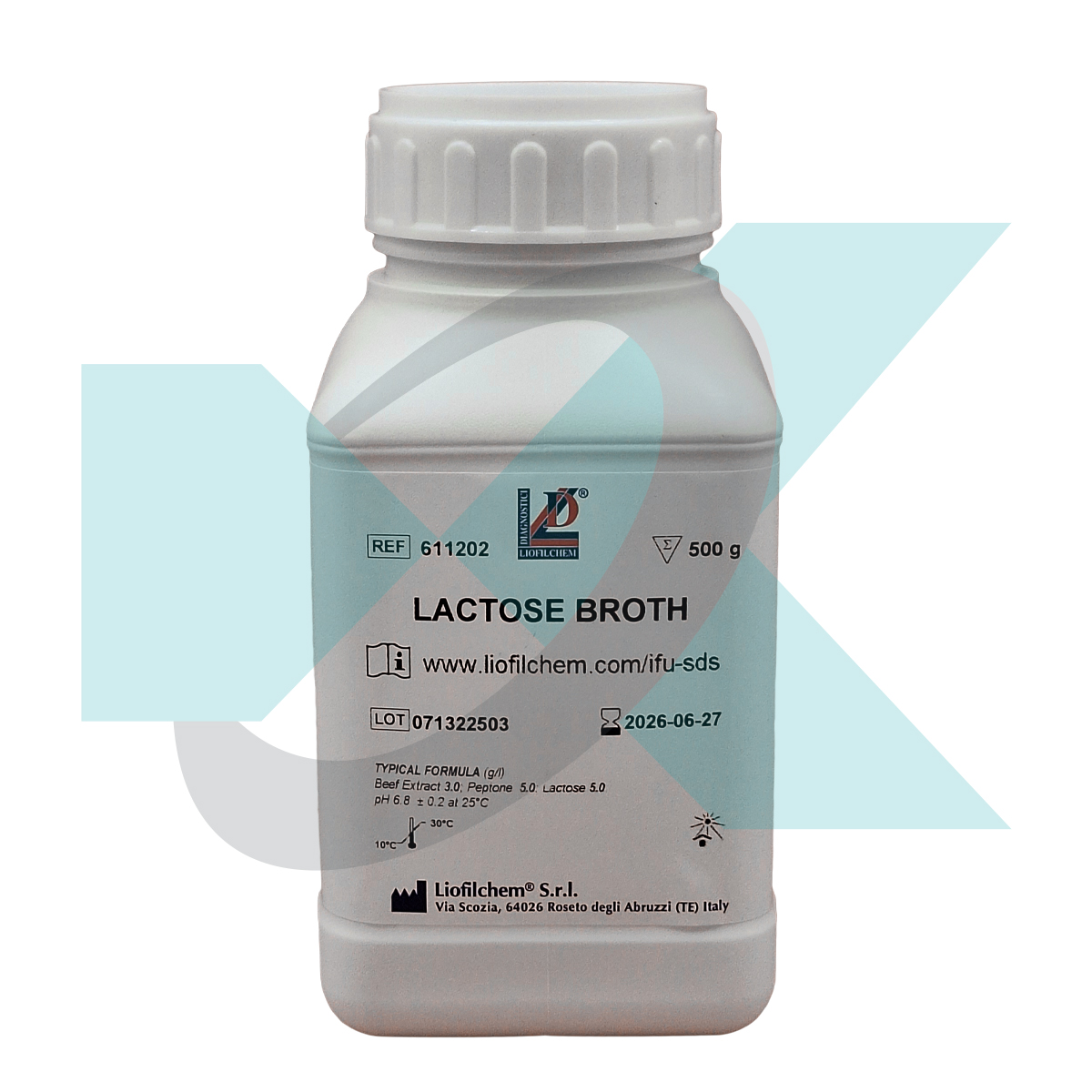
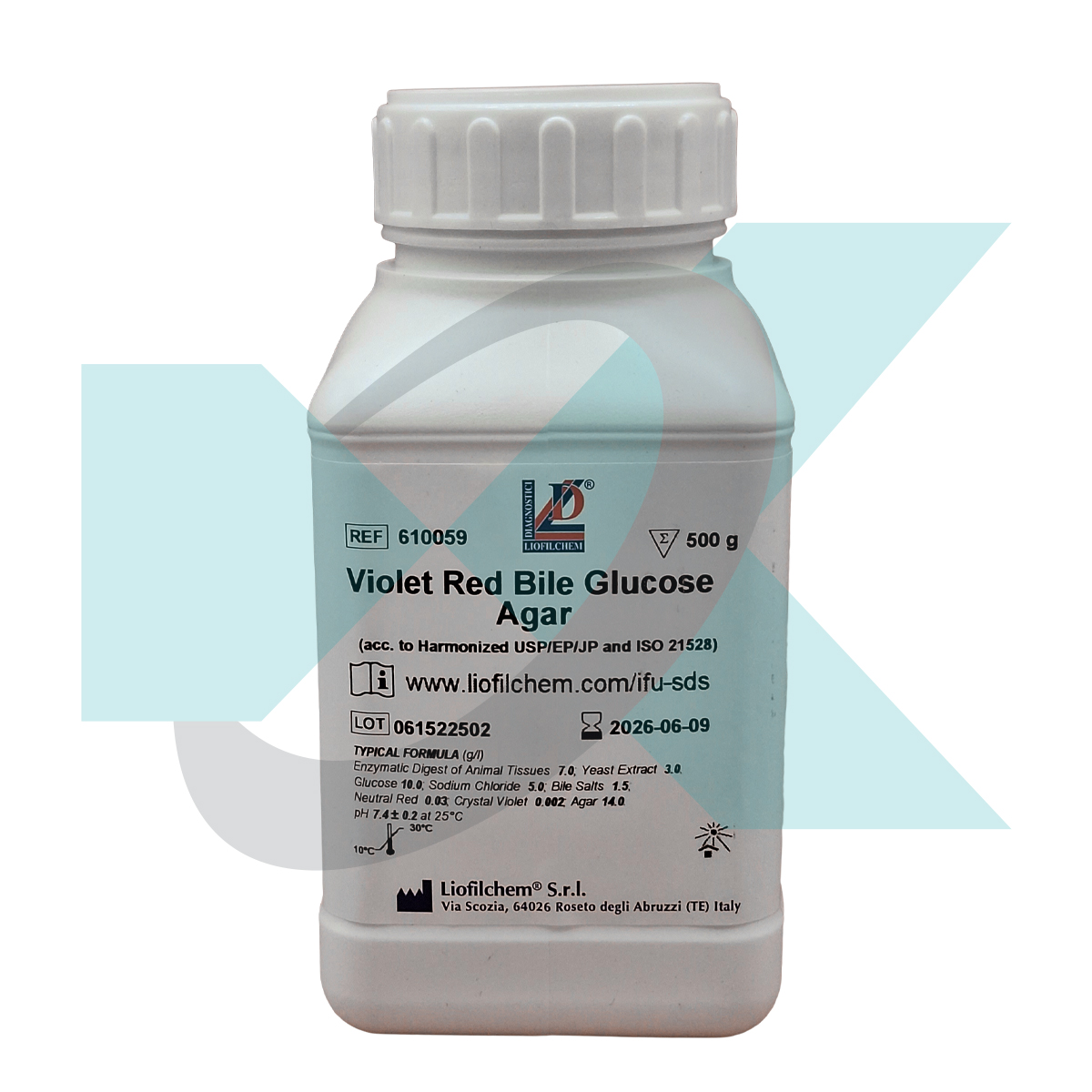
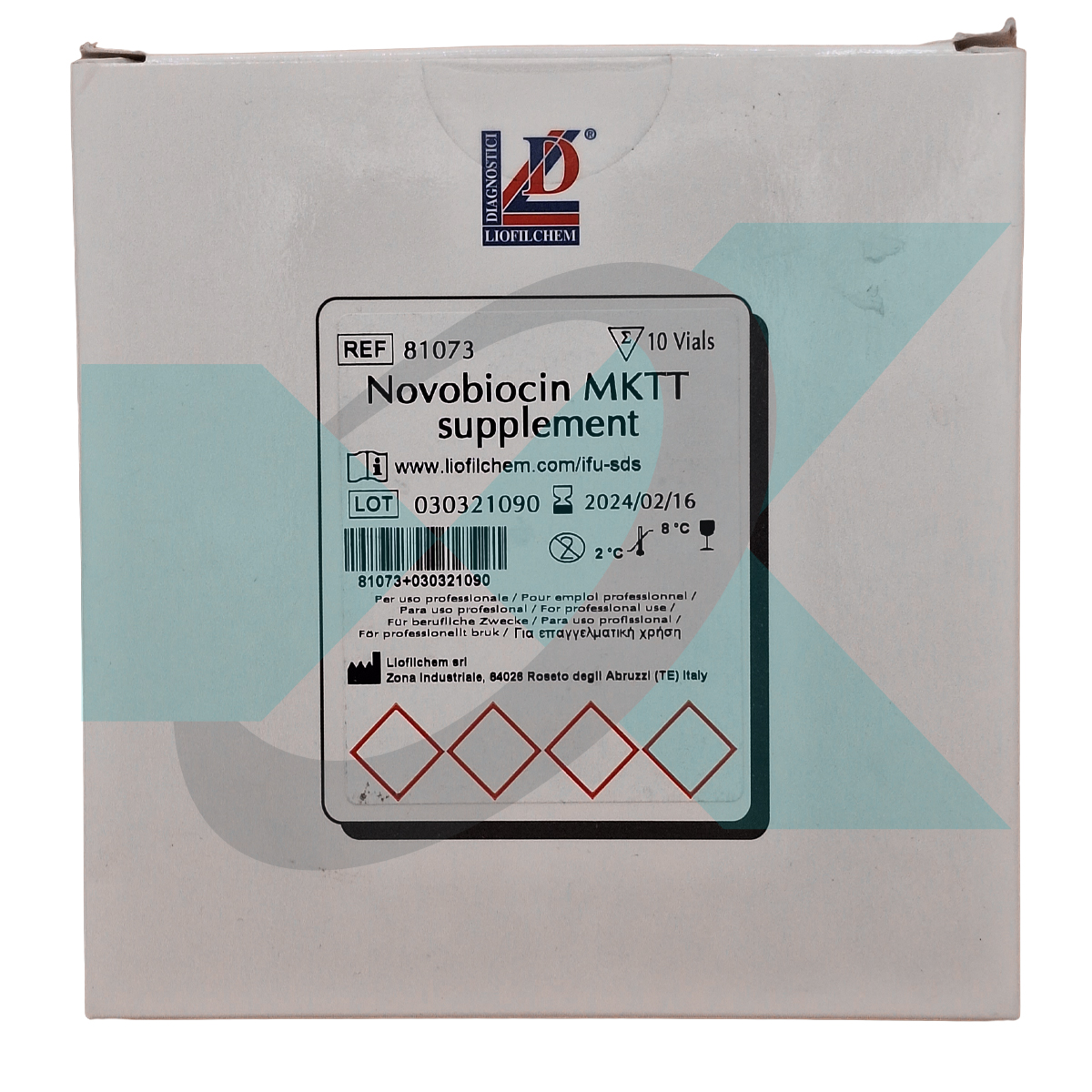
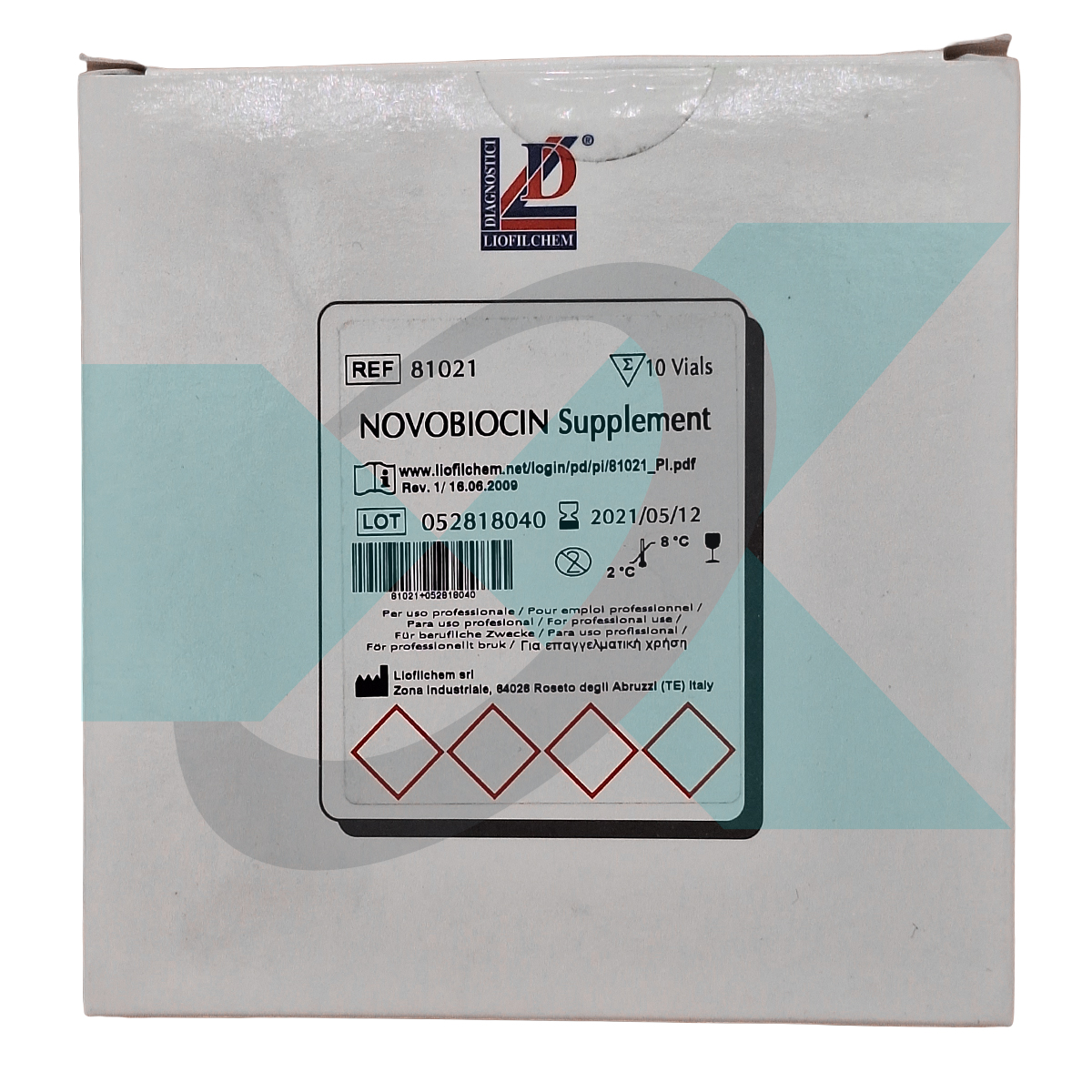

نقد و بررسیها
هنوز بررسیای ثبت نشده است.